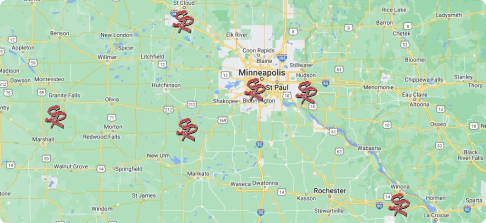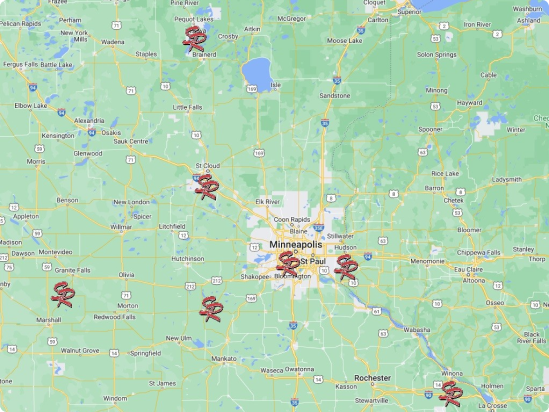It’s the rainy season, which means that many homeowners will inevitably have to deal with leaks in their homes. There are many common sources of leaks in a house, and a good amount of them stem from some type of exterior (roofing, gutters, windows) issue. If you’re asking yourself, where’s that water coming from? It’s likely caused by one of these exterior issues.
Problems with Your Roof
Issues stemming from a damaged or worn down roof are some of the most common, especially in older homes badly in need of a roofing replacement. Some common roofing issues that can cause leaks in your home, often leading to water spots on your ceiling, can include:
- Broken or missing shingles: shingles are commonly lost due to age or storm damage. Keep an eye out for missing shingles on your roof and have them replaced right away.
- Missing or incorrectly installed flashing: flashing protects key areas of your roof that are normally exposed by your chimney or other features. If these are missing, water can find its way into your home.
- General aging: over time, roofing material will wear down and become ineffective at keeping water out. Make sure to have your roof inspected regularly to see if it’s time for a replacement.
Problems with Your Gutters
Your gutter systems do a lot more for your home than you think. They are directly responsible for diverting water away from the base of your home. If they are improperly installed or too old, they will allow water to pool around the sides of the house. This can lead to significant water issues in your basement or crawl space areas. Besides aging, there are many issues with gutters that can make them less effective at diverting water:
- Not pitched properly: gutters need to be pitched (angled) so that they allow water to flow towards the downspout. If they are not pitched properly, water will overflow out of them during heavy rains.
- Not enough downspouts: depending on the length of the side of your home, you may need to add a second downspout to handle the amount of water runoff from your roof. If you only have one downspout serving a gutter that is 40 feet long, it’s likely to overflow in heavy rain.
- Small downspouts: Small downspouts are more easily clogged by leaves and debris and are overall less effective at allowing water to move down the side of the home and let out a safe distance away.
Problems with Your Windows
If you are noticing a wet spot on your walls underneath or around a window, the most likely culprit of the leak is the window itself. Aging windows allow for water to seep into your home, especially at the seams, making window replacement necessary to keep your living areas safe and dry. If you notice water spots by your windows, it’s best to have a contractor who specializes in windows take a look and see if the windows need to be replaced. Depending on the type of windows you have, and how well they have been maintained over the years, you’ll likely need to replace them every 20-25 years.


